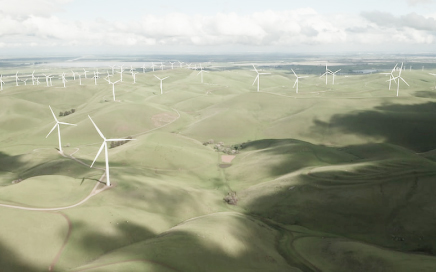PPP project pipeline saw sequential growth in June
The Ministry of Finance (MoF) recently published the list of remaining PPP projects in the pipeline as of end-June 2018. We have been following the removal of projects across various provinces/cities and industries since the clean-up of the PPP project pipeline began in November 2017, and here we provide an update for 2Q18.
The pace of PPP project pipeline clean-up moderated in 2Q18. More interestingly, both the total number and planned investment amount for PPP project stock picked up sequentially in June, the first time since September 2017. A total of 1,726 projects with Rmb1.6trn in planned investment were removed from the pipeline over April–June, lower than the 2,114 projects/Rmb2.2trn in 1Q18. As a result, the cumulative expelled projects accounted for 21% of the total pipeline in terms of planned investment since the beginning of the clean-up. The pace of project removal has slowed significantly in June – only 183 projects with Rmb204.2bn in planned investment were removed in June, versus a monthly average of >700 projects removed previously. Meanwhile, the net change in planned PPP project investment amount rebounded to an increase of Rmb174.4bn MoM in June, vs. a net decrease every month leading up to it. As of June 2018, there were 12,534 projects in the PPP project inventory, accounting for Rmb17.2trn in total planned investment, which were both higher than levels at end-May.
In regards to the net increase of PPP project planned investment in 2Q18, we saw the most notable expansion of project stock in industries including urban development, environmental protection, utilities, and transportation. Meanwhile, from a geographical allocation perspective, Zhejiang, Guangdong, Hubei, Hebei, and Shanxi saw the most notable net increase of project investment amount. The industrial and geographical distribution was largely in line with our previous estimates, where we identified the areas for a potential pick-up in infrastructure investment by examining the structure of infrastructure investment, share of “executed” projects, investment growth, as well as fiscal positions and local government special bond issuance in different provinces/cities.
In 2Q18, PPP project clean-up exhibited further regional divergence in 2Q2018 -- more than 50% of the total projects (in terms of planned investment) were revoked in Ningxia and Gansu, but most eastern coastal provinces continued to be little-affected in 2Q18. On a cumulative basis, Ningxia and Gansu got 74.7% and 61.5% of the planned investment removed from the inventory, while more than 30% of PPP projects were revoked in Xinjiang, Inner Mongolia, Heilongjiang, Liaoning, Henan and Jiangxi. It is worth noting that project removals in Henan and Jiangxi were limited in 1Q18 but accelerated markedly in April and May. On the other hand, the clean-up pace slowed substantially in June, and only a few provinces/cities including Henan, Ningxia, Hunan, Guizhou and Guangdong recorded a moderate pick-up in the share of revoked projects. Meanwhile, provinces/cities with stronger fiscal positions and higher project quality, such as Beijing, Shanghai, Zhejiang, Shanxi, and Anhui, were still largely unaffected in this round.
On the sector level, the amount of eliminated planned investment in transportation, utilities and urban development sectors totaled nearly Rmb1trn and 59% of the aggregate revoked projects in 2Q2018. However, it is mainly driven by the fact that these three sectors accounted for the vast majority of the total planned investment in the PPP pipeline. Therefore, we would like to pay greater attention to the share of revoked projects in each industry’s inventory amount. More specifically, energy, agriculture, and public housing industries were more affected by the clean-up, as projects removed from the pipeline over January–June accounted for 49.4%, 31.9% and 31.1% of their initial inventory. Meanwhile, the pace of clean-up in public housing, water resources, technology, and elderly care industries accelerated in 2Q18 compared with 1Q18.
From our analysis of the most updated PPP project pipeline, the PPP project house-cleaning may be close to an end. Moreover, the pace of infrastructure project execution will likely speed up notably in 3Q18. The PPP project pipeline clean-up, coupled with fiscal, monetary and regulatory tightening, has resulted in a sharp slowdown of infrastructure investment growth from 15% YoY at end-2017 to -5.8% YoY in July 2018. However, in our view, both project release and the pace of execution of infrastructure projects will likely accelerate in 3Q18, as the recent Politburo meeting highlighted the intention to boost infrastructure investment. Meanwhile, only 35% of existing PPP projects is in the execution stage, indicating significant upside potential in project execution. It is worth noting that the issuance of local government special bonds has accelerated in recent weeks, reaching Rmb50.8bn in August MTD. In contrast, only Rmb150bn total issuance was carried out from January–July 2018. Meanwhile, financial conditions also showed signs of stabilization in July and the share of medium/long-term loans began to rise, showing a marginal improvement in the financing demand of infrastructure projects. We will also watch for coincident indicators of infrastructure investment, such as construction material output, spot market transaction volumes, and spot prices.





